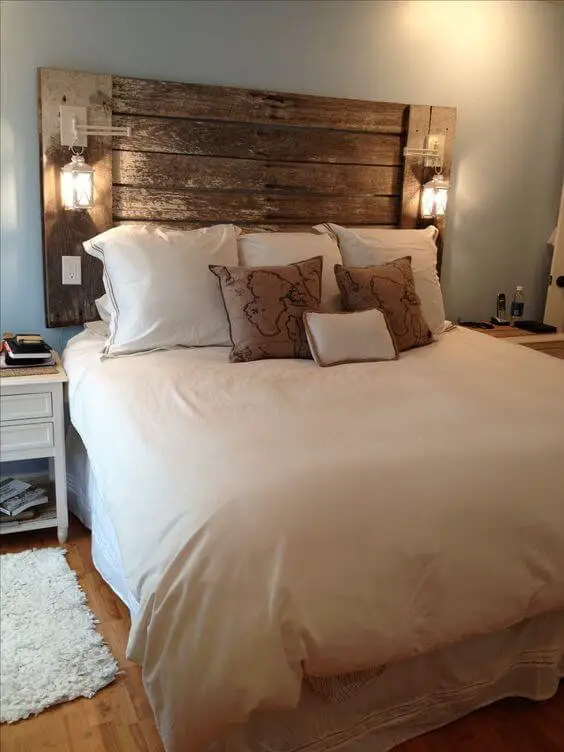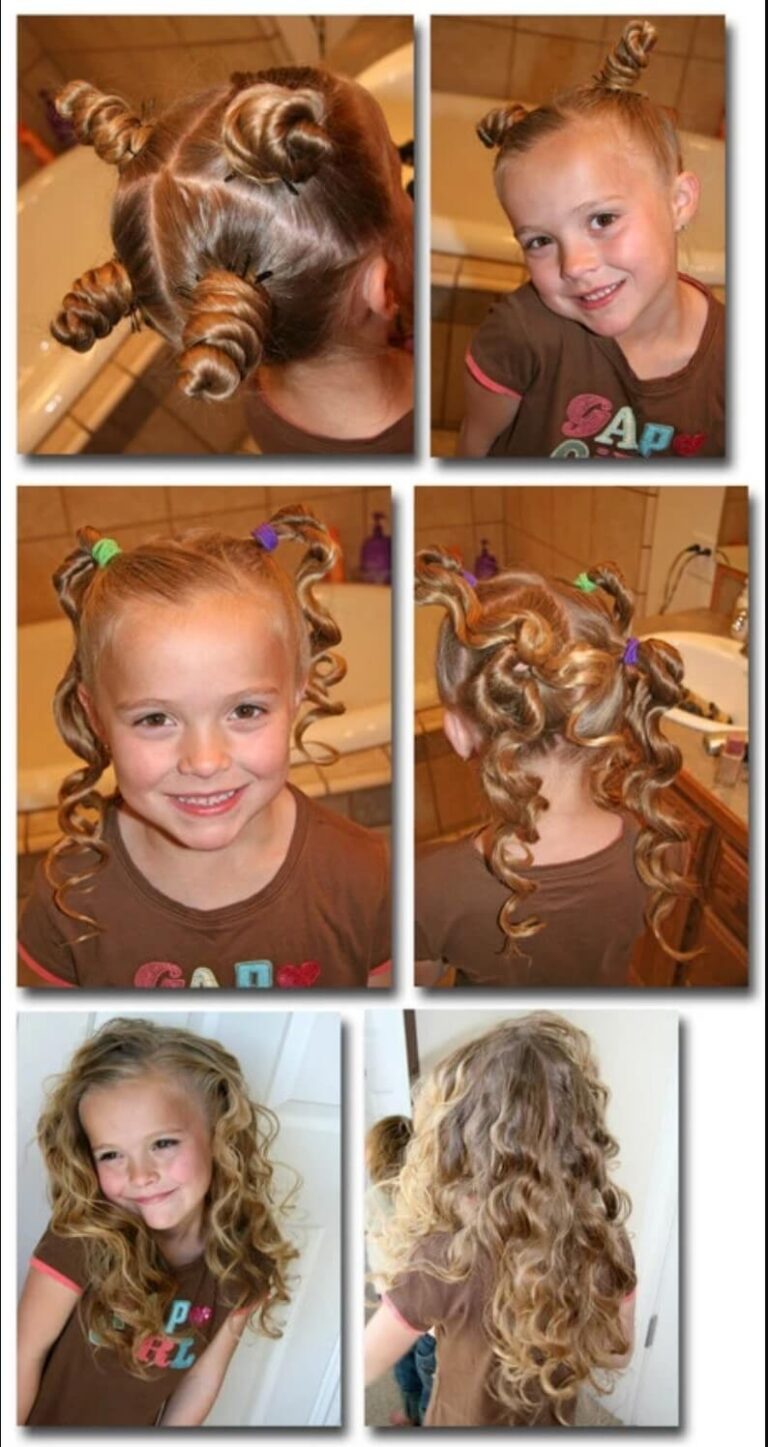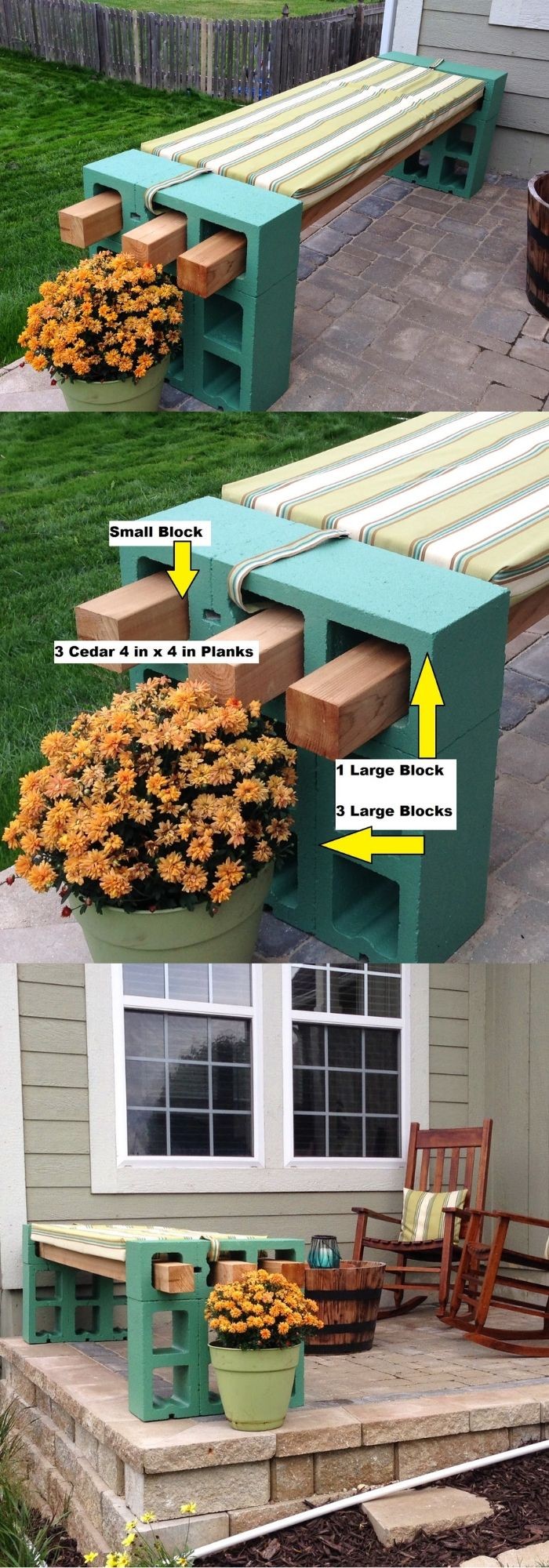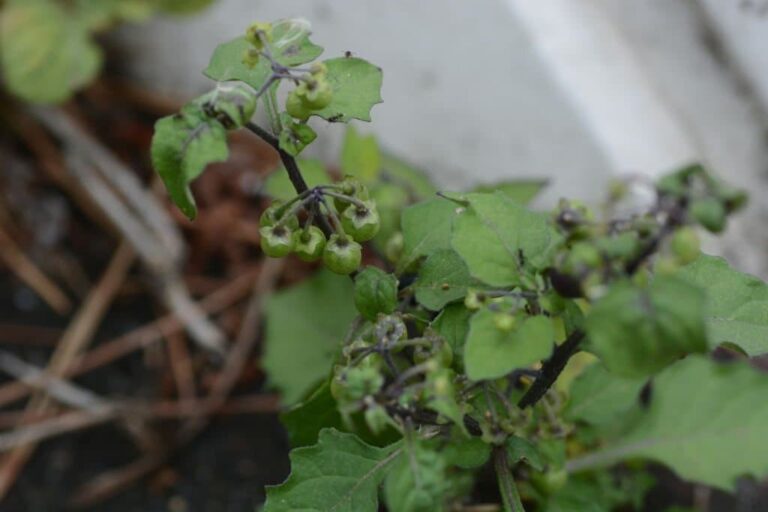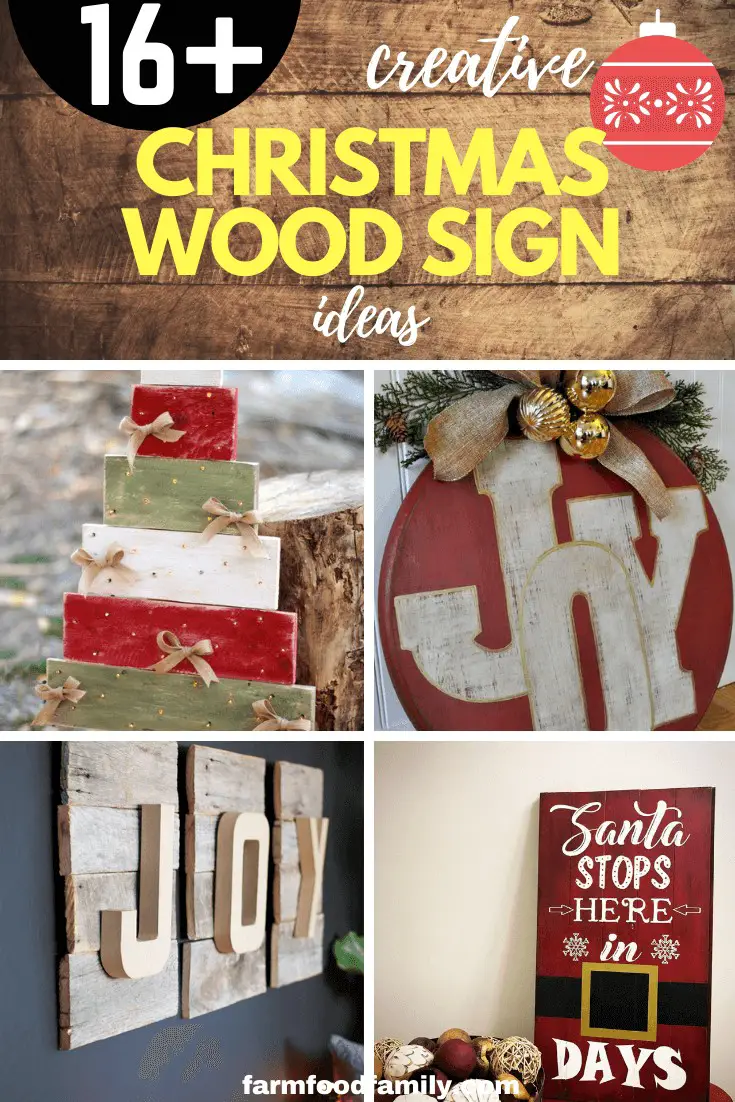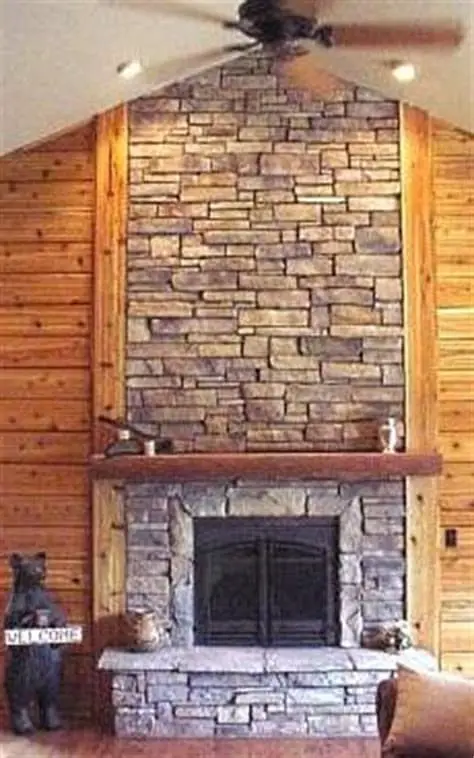10 Best Plywood Alternatives For Your Home Improvement Project
While plywood may be a popular choice for home improvement projects, it’s not the only option. In fact, there are several alternative materials that can offer similar benefits at a more affordable price point. One drawback of plywood is its weight, which can make it difficult to work with and transport. Additionally, it can warp over time due to changes in humidity or temperature, and it’s not particularly resistant to moisture.
For these reasons, we’ll be exploring 10+ alternative materials that may be a better fit for your needs.
3M Reinforced Polyurethane Foam Boards
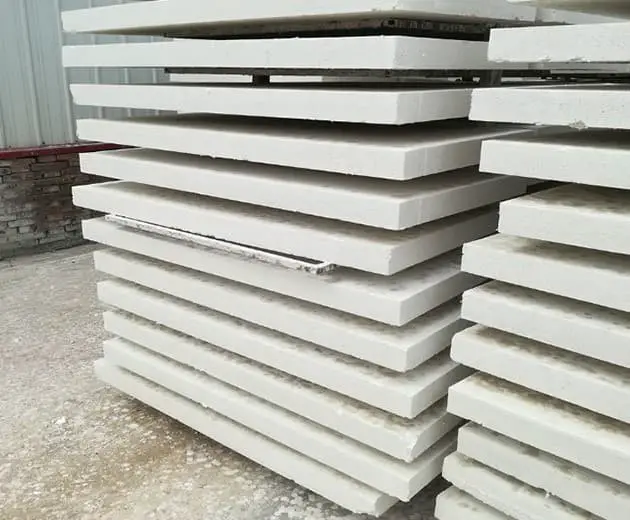
Reinforced Polyurethane Foam Boards (RPF) offer an impressive array of benefits that make them an attractive alternative to plywood. One of their greatest strengths is their exceptional durability and lightweight nature, which makes them easy to work with even on large projects. Additionally, RPF boards are resistant to moisture, warping, and rotting, making them an excellent choice for both indoor and outdoor applications.
Some of the key advantages of using RPF boards include: they can be cut and drilled with standard tools; come in a range of sizes to suit various projects; their lightweight properties make them easy to handle; installation is straightforward and requires no special skills or tools; and they’re an affordable option, making them cost-effective for many projects.
While RPF boards do have some limitations, these are largely outweighed by their numerous benefits.
For instance, while the finish can be prone to chipping or scratching if not handled carefully, this is a minor drawback compared to their overall performance. Similarly, while they may not be as strong as plywood and require additional support in large applications, this is a relatively small concession for the many advantages they offer.
EKOPLY Recycled Plastic Sheets

Ekoply, an eco-friendly alternative to traditional plywood, boasts a range of benefits that make it an attractive option for various projects. Comprising 100% recycled post-industrial and post-consumer plastics, its durability is undeniable. While it can withstand indoor and outdoor applications with ease, installation is remarkably straightforward, requiring no special tools or expertise. Furthermore, Ekoply’s affordability makes it a cost-effective solution for many endeavors.
However, it’s essential to consider some limitations. For instance, extreme temperatures may affect its performance, so storage indoors at room temperature is recommended when not in use. Additionally, direct exposure to water can compromise the material, leading to degradation over time. It’s also worth noting that Ekoply products are not always pre-finished, which might impact projects where aesthetics play a significant role.
One final consideration is that Ekoply may not be suitable for large-scale applications, such as bridges or buildings with heavy loads, due to its relatively lower strength compared to traditional plywood. In these cases, additional support structures may be necessary to ensure the material’s integrity.
Fiber cement board
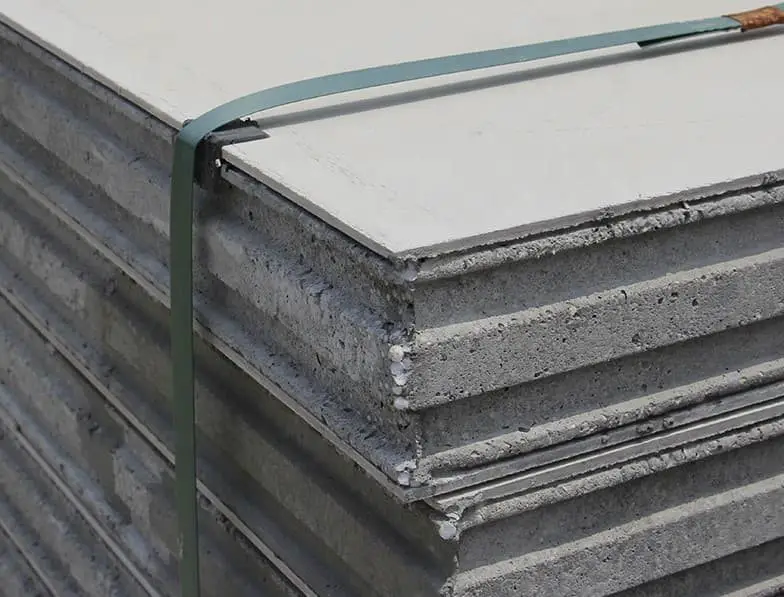
Fiber cement board, a popular alternative to plywood, is made from a combination of cement, sand, cellulose fiber, and water. This versatile material offers several advantages that make it an attractive choice for many projects.
One of its biggest pros is its exceptional resistance to fire, moisture, and termites. This makes it an ideal option for areas with harsh weather conditions. Additionally, installation is a straightforward process that doesn’t require any special tools or skills.
Furthermore, fiber cement board is generally affordable, making it a cost-effective solution for many projects.
However, there are some potential drawbacks to consider. For instance, regular maintenance is necessary to prevent mold growth and staining caused by water absorption over time, particularly in hot climates with high humidity levels. This typically involves painting the material every two years or so to protect it from the elements.
Another limitation of fiber cement board is its limited suitability for use near water due to its tendency to absorb moisture (and eventually rot). It’s also important to note that this material may not be as strong as plywood and may require additional support in large applications, such as bridges or buildings with heavy loads. With these factors in mind, fiber cement board remains a viable option for many projects.
High-Density Fiberboard (HDF)
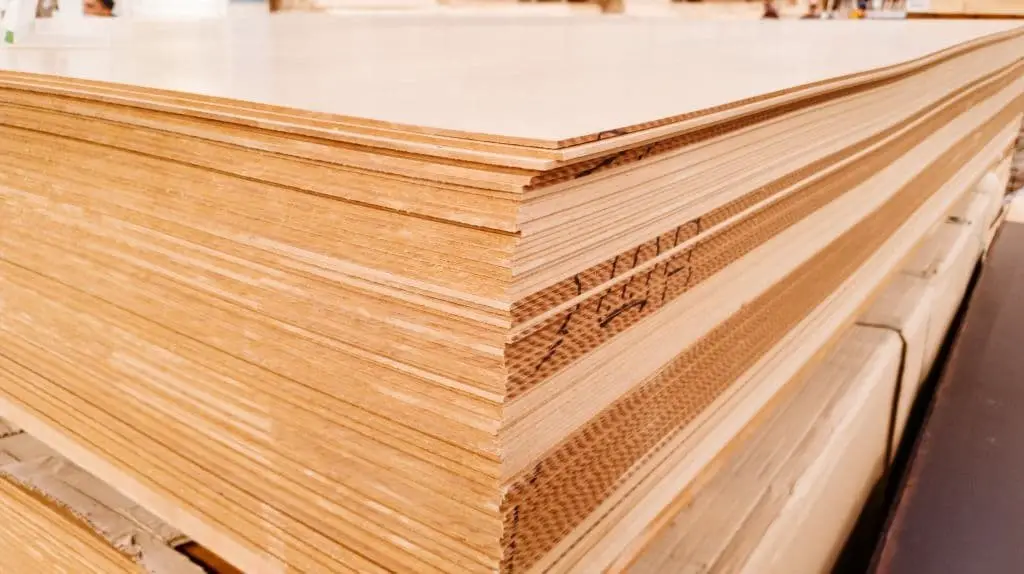
While High-Density Fiberboard (HDF) can’t replace traditional plywood entirely, it offers a robust and durable alternative for various projects both indoors and outdoors. Its water-resistance makes it an excellent choice for areas vulnerable to flooding or earthquakes where plywood might deteriorate over time due to swelling when wet. Additionally, HDF’s affordability provides a cost-effective solution for many applications.
However, HDF does have some limitations.
Unlike plywood, it doesn’t come pre-finished and requires painting or staining prior to use to ensure longevity outdoors. Moreover, its susceptibility to moisture absorption can lead to rotting if exposed to water. Furthermore, HDF may not be suitable for large-scale projects like bridges or buildings with heavy loads as it’s less strong than plywood and might require additional support.
Finally, while HDF is generally more expensive than plywood, it still offers a valuable option in situations where plywood wouldn’t suffice. For instance, building a small structure or a furniture piece that requires the specific characteristics of HDF might make it a worthwhile investment.
Baltic Birch Plywood
Shop on Amazon today! Baltic birch plywood stands out from the rest due to its all-wood core, providing unparalleled stability. On the plus side, this unique characteristic makes it an excellent choice for projects where appearance is paramount. The face veneers boast a flawless finish, free from voids and knots, which ensures a professional-looking outcome when paired with paint or stain.
However, Baltic birch plywood’s premium price tag may not justify the investment in every instance, such as building a simple shed. Furthermore, its relatively lower strength compared to other plywoods means it’s best suited for indoor applications only, where the added stability will make a notable difference.
Waferboard
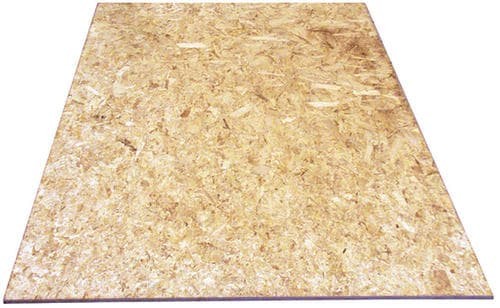
When shopping at Menards, consider Waferboard, an engineered wood product created by compressing thin layers of wood veneers. Its unique benefits include enhanced stability compared to plywood, reducing the likelihood of warping or bending in applications like cabinets and furniture. Moreover, Waferboard arrives pre-finished, eliminating the need for additional finishing before use.
However, it’s essential to note that while more stable than plywood, Waferboard is not as strong and should be reserved for low-stress projects only. Furthermore, its higher cost compared to plywood may make it a less accessible option for certain projects.
King Starboard HDPE
When considering a substitute for traditional plywood, King Starboard HDPE stands out as a reliable and versatile alternative. Its unique properties make it suitable for both indoor and outdoor applications, offering several key advantages.
One of the primary benefits of King Starboard HDPE is its exceptional strength and durability.
Unlike plywood, which can swell when exposed to water, this material remains resistant to moisture, making it an excellent choice for areas prone to flooding or natural disasters like earthquakes.
While King Starboard HDPE offers several advantages, there are some limitations to consider. One of the primary drawbacks is its higher cost compared to plywood, which may make it less accessible for certain projects.
Additionally, its reduced strength compared to traditional plywood means it’s best suited for indoor use only, limiting its application.
Medium-density fiberboard (MDF)

When it comes to building or renovating, Home Depot offers a wide range of materials for your project. One such option is MDF, a plywood alternative that has gained popularity due to its unique characteristics. Essentially, MDF is made by compressing small wood fibers together to form a panel. This manufacturing process gives MDF several distinct advantages. For instance, it’s incredibly strong and durable, making it an ideal choice for high-stress applications such as cabinets or furniture.
Another benefit of MDF is that it comes pre-finished, eliminating the need for additional finishing work before use.
However, it’s important to consider some potential drawbacks when using MDF. While it’s more stable than plywood, it still has its limitations and shouldn’t be used in situations where it will be subjected to excessive stress or pressure.
Furthermore, MDF can warp or bend over time if exposed to moisture on one side while remaining dry on the other – a scenario that could occur due to exposure to rain or other environmental factors.
Masonite

Masonite Board, a plywood alternative with a rich history dating back to 1920, is made from pressed wood chips and sawdust that have been bonded together into a sturdy panel. One of its most notable advantages is its impressive strength and durability, making it well-suited for high-stress applications such as cabinets or furniture construction.
While Masonite Board may offer greater stability than traditional plywood, it’s not without its limitations.
In fact, it’s not recommended for use in high-stress scenarios due to its relatively lower strength quotient. Additionally, exposure to moisture on one side while remaining dry on the other (such as after rainfall) can cause the material to warp over time.
Oriented strand board (OSB)

While shopping at Home Depot, consider OSB (oriented strand board) as a viable alternative to traditional plywood. This versatile material is manufactured by compressing small wood chips and strands together. Its notable advantages include exceptional strength and durability, making it well-suited for demanding applications such as cabinet construction or furniture building. Additionally, OSB often arrives pre-finished, eliminating the need for further processing before use.
However, it’s essential to acknowledge some potential drawbacks: OSB may not possess the same level of strength as plywood, potentially limiting its suitability in certain high-stress scenarios. Furthermore, the available color and finish options are relatively limited compared to traditional plywood.
Particle Board
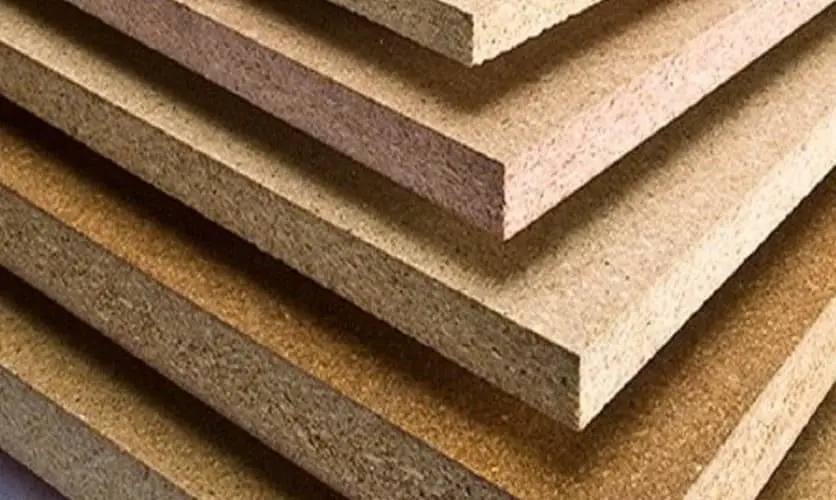
When it comes to shopping at Home Depot, understanding the difference between particle board and plywood is crucial for your DIY project. Particle board, composed of thin layers glued together with formaldehyde resin, boasts exceptional durability. Its smooth surface makes it ideal for projects that don’t require painting, as any marks or imperfections will be readily visible. However, particle board can still be stained or painted to blend seamlessly with the wood in your home.
In contrast, plywood is more stable and suitable for building cabinets and furniture due to its superior stability.
Solid Wood

While solid wood is often considered the primary rival of plywood, it’s worth noting that solid wood can take on various forms. In some cases, it may resemble plywood-like sheets or boards that have been bonded together using formaldehyde resin. However, solid wood also exists in other configurations, including combinations with veneer layers. On the one hand, plywood boasts several advantages over its solid counterpart.
For instance, plywood is more stable and less prone to warping or bowing over time, making it a more practical choice for many applications. Additionally, plywood tends to be more affordable than solid wood. On the other hand, solid wood has a significant edge when it comes to durability, allowing for multiple refinishing cycles without compromising its integrity.
Thermo-lite board
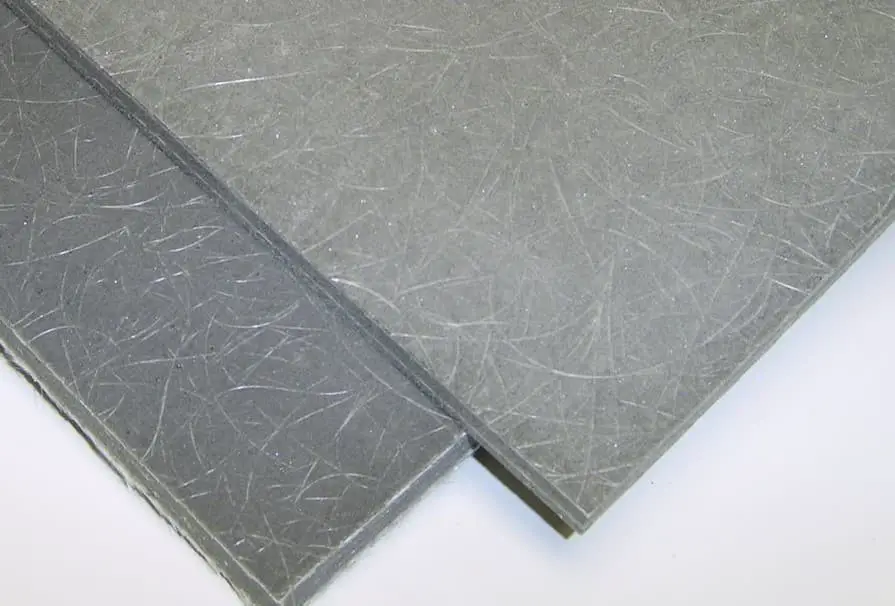
The Thermo-lite board boasts a unique construction that sets it apart from traditional plywood. Its dense, thermally treated surface yields an exceptionally strong and durable material, making it an ideal choice for high-traffic areas like flooring and countertops. One of its most notable advantages is the way it withstands scratches and dents with ease, allowing for effortless maintenance without compromising on aesthetic appeal.
Furthermore, the board can be easily stained or painted to seamlessly integrate with your desired decor. To ensure optimal performance in humid environments, a water-resistant coating is applied to prevent mold and mildew growth; however, please note that it does not possess complete waterproofing properties.
Wax Resin fiberboard
Wax resin fiberboard is a type of plywood that boasts a waxy coating, rendering it impervious to water and stains. This unique property makes it an ideal material for applications such as kitchen countertops, where a waterproof surface is crucial. Unlike traditional plywood, wax resin fiberboard requires less frequent refinishing, thanks to its inherent resistance to moisture.
When it comes to aesthetics, this material can be easily sanded, stained or painted to seamlessly blend with any desired decor. Moreover, it has the added advantage of concealing scratches and dents, unlike plywood which can reveal these imperfections. Ultimately, while plywood remains a popular choice for construction projects, there are alternative materials that may better suit specific needs, depending on the project at hand.
Related Posts
To establish a successful pool cleaning business, one must first navigate the world of efficient deep cleaning hacks. This is where the journey begins. As professionals delve into their work, they must consider the importance of reliable rain gear for optimal performance. For those seeking a new career path, becoming a disaster restoration specialist can be a fulfilling and challenging experience.
On the other hand, homeowners searching for trustworthy home cleaning services need to arm themselves with knowledge, specifically in regards to the top dehumidifiers for basements in 2024.

